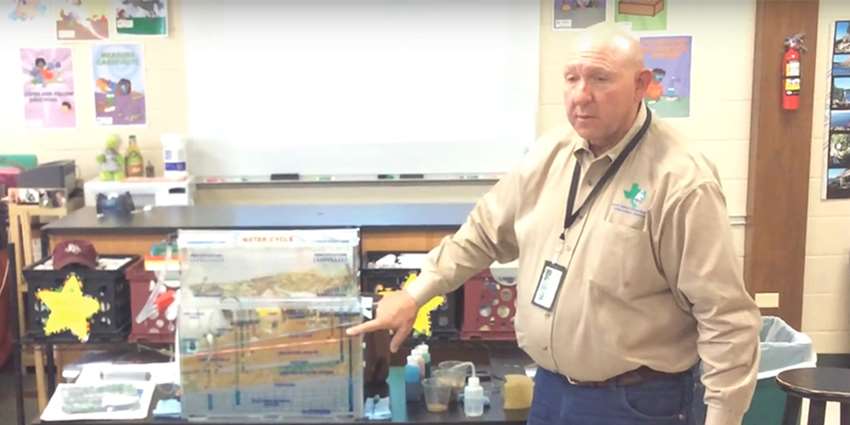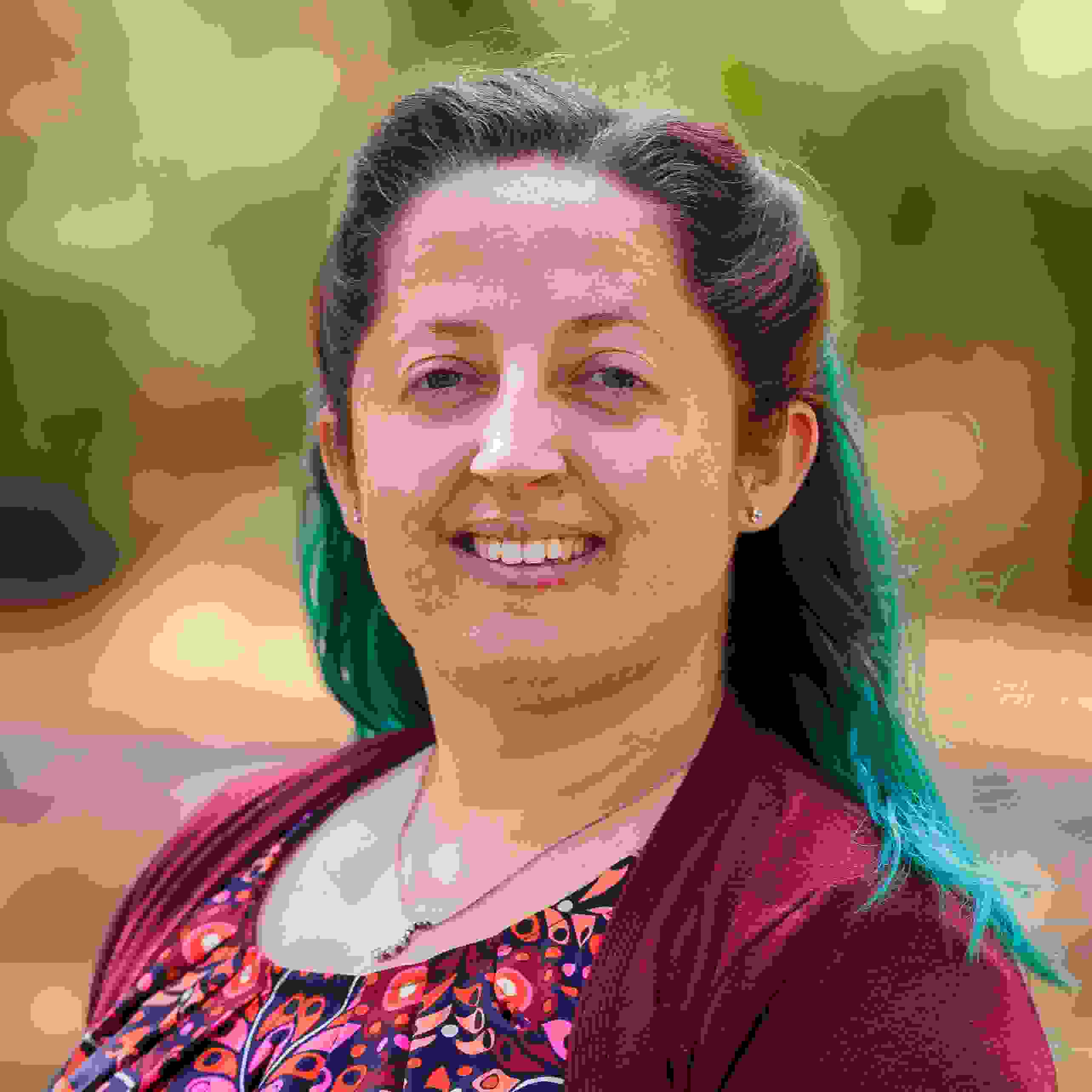Did you know that the water pumped from an aquifer may have taken up to 2,000 years to get to your sink?
The Brazos Valley Groundwater Conservation District (BVGCD) presents this and much more information in Brazos Valley school districts as part of its water education and conservation outreach program.
Created by the Texas Legislature, the BVGCD is a non-profit, local government required to protect and conserve groundwater resources in Brazos and Robertson counties. Part of the BVGCD’s responsibilities involve public education and outreach to implement water conservation practices.
BVGCD General Manager Alan Day and Megan Haas, education and conservation outreach coordinator, travel to fourth-, fifth- and seventh-grade classes, educating students about the importance of water conservation. Their presentations use aquifer models, the Texas Water Development Board’s Major Rivers program and materials developed by BVGCD.
Day said the information in the aquifer presentations match the state testing curriculum. For example, fourth-graders learn about the water cycle, how it fits in with aquifers and the importance of water conservation.
“Our district is the single largest user of the Major Rivers curriculum in Texas, distributed at the beginning of the school year to fourth- and fifth-grade teachers so they have the materials in-hand when it is time to use it,” Day said. In this curriculum, the cartoon figure Major Rivers, named for the major rivers in Texas, and his horse Aquifer guide students through the major water resources in Texas.
In fifth-grade classes, Day and Hass reinforce the water cycle and provide a study guide with vocabulary terms. Seventh-grade presentations focus on watersheds, water contamination and how humans impact the environment. Day said they show students an aquifer model presentation the first day and the students experience a water quality lab on the second day, testing water from four local aquifers.
“Watersheds are the openings to our aquifers,” Day said. “Anything you put on the watershed is subject to contamination and/or infiltration into the aquifer.”
Hass said a lab worksheet has questions about chlorine and pH levels, and includes a pre- and post-test.
“We have eight aquifers in our area, but lab results help show how different each one is,” she said.
“Tests let teachers know that what they do can be effectively measured, but it is a self-evaluation tool for our presentations as well,” Day said.
Day said he hopes to change the water practices of a whole generation by educating students in the Bryan, College Station, Bremond, Calvert, Hearne, Franklin and Mumford school districts.
He said the groundwater district wants students to take ownership of where their water comes from, and knowing exactly how the water cycle works creates changes in students’ habits that will help conserve water for future generations and be better prepared when droughts occur.
“Adults kind of listen, but I knew we needed to get into schools,” Day said. “I want to change the minds of students who are still thinking and listening and don’t have preconceived ideas about how water moves and recharges.”
In addition to presentations in the classroom, BVGCD also hosts a water field day in Robertson County in the fall.
“There are over 250 children and we have 11 stations the kids rotate through every 15 minutes,” Day said.
For example, stations have had experts from the Texas Water Resources Institute and Natural Resources Conservation Service and farmers who speak about irrigation and activities to learn about water contamination, conservation and more.
Day said there are 100 groundwater conservation districts in Texas that collaborate to share successful education and conservation outreach methods.
“Other districts are doing as well as they can with the resources they have,” he said. “No one has attempted what we are doing, but you have to go all in and decide it is going to happen.”
Day said education and conservation outreach should significantly lower water use per person. “General managers at groundwater districts have a lot to do, but they need to be an integral part of educating students. Their knowledge and passion for groundwater needs to be shared and absorbed by the students."
“It is amazing to me how many seniors have come up to me and asked: ‘How do you do what you do? That’s interesting,’” he said. “Everyone is interested in water but they don’t know there are different areas to study and learn more about it.”
Haas said that they are trying to increase adult water conservation education through high school and college presentations as well as community events such as the Brazos Valley Earth Day Celebration in April at Wolf Pen Creek Park.
To learn more about BVGCD and its programs, visit its website.


